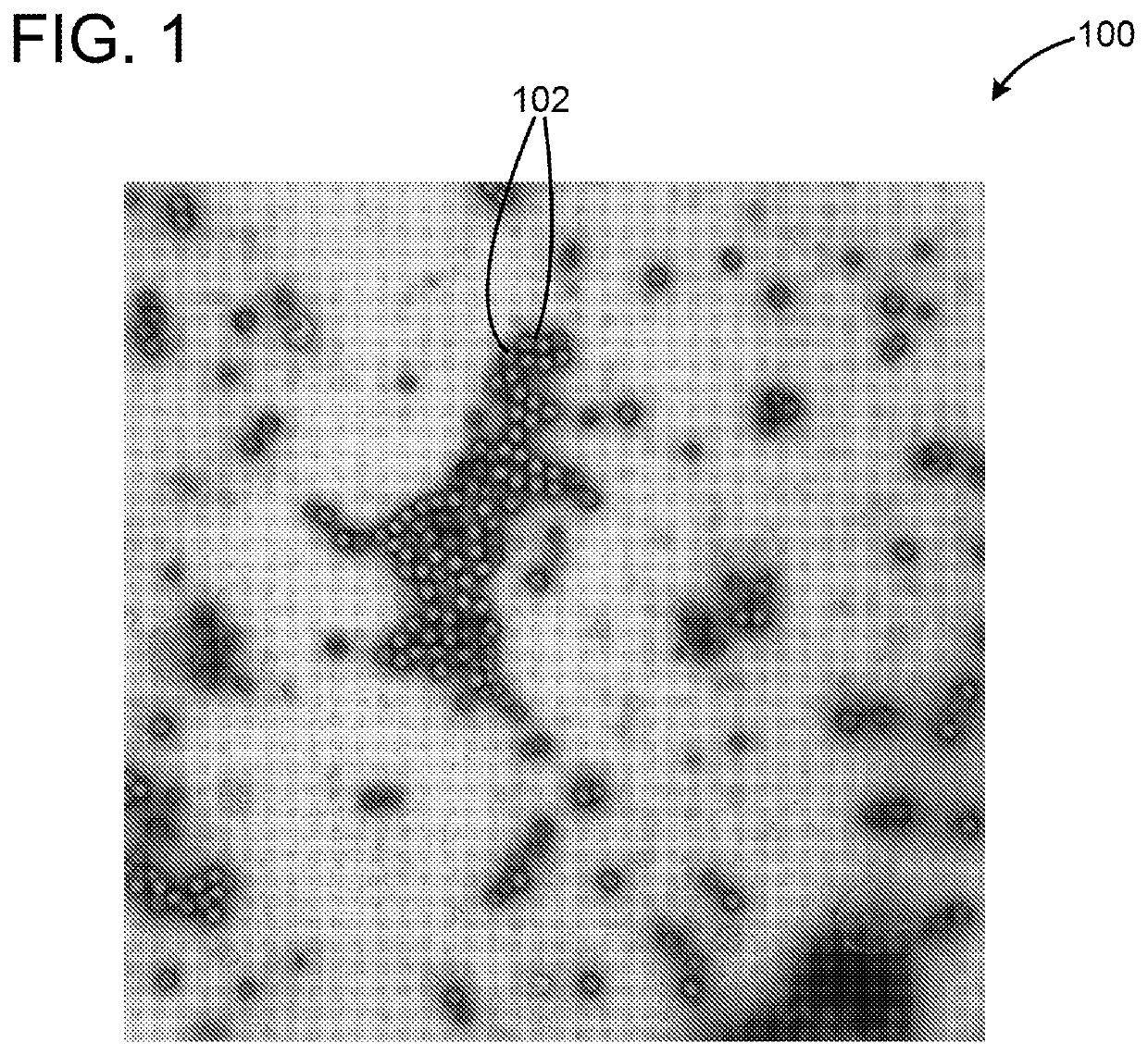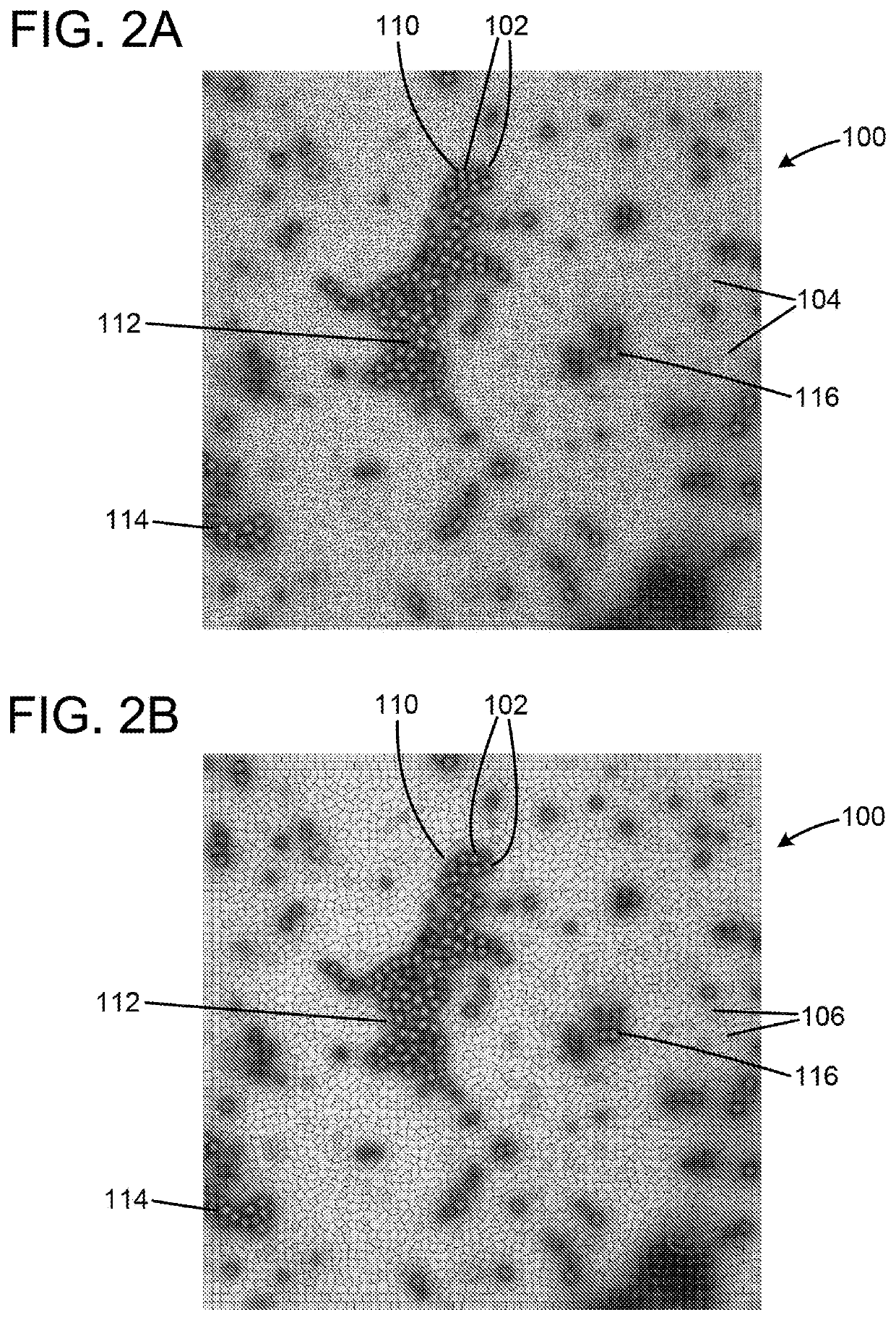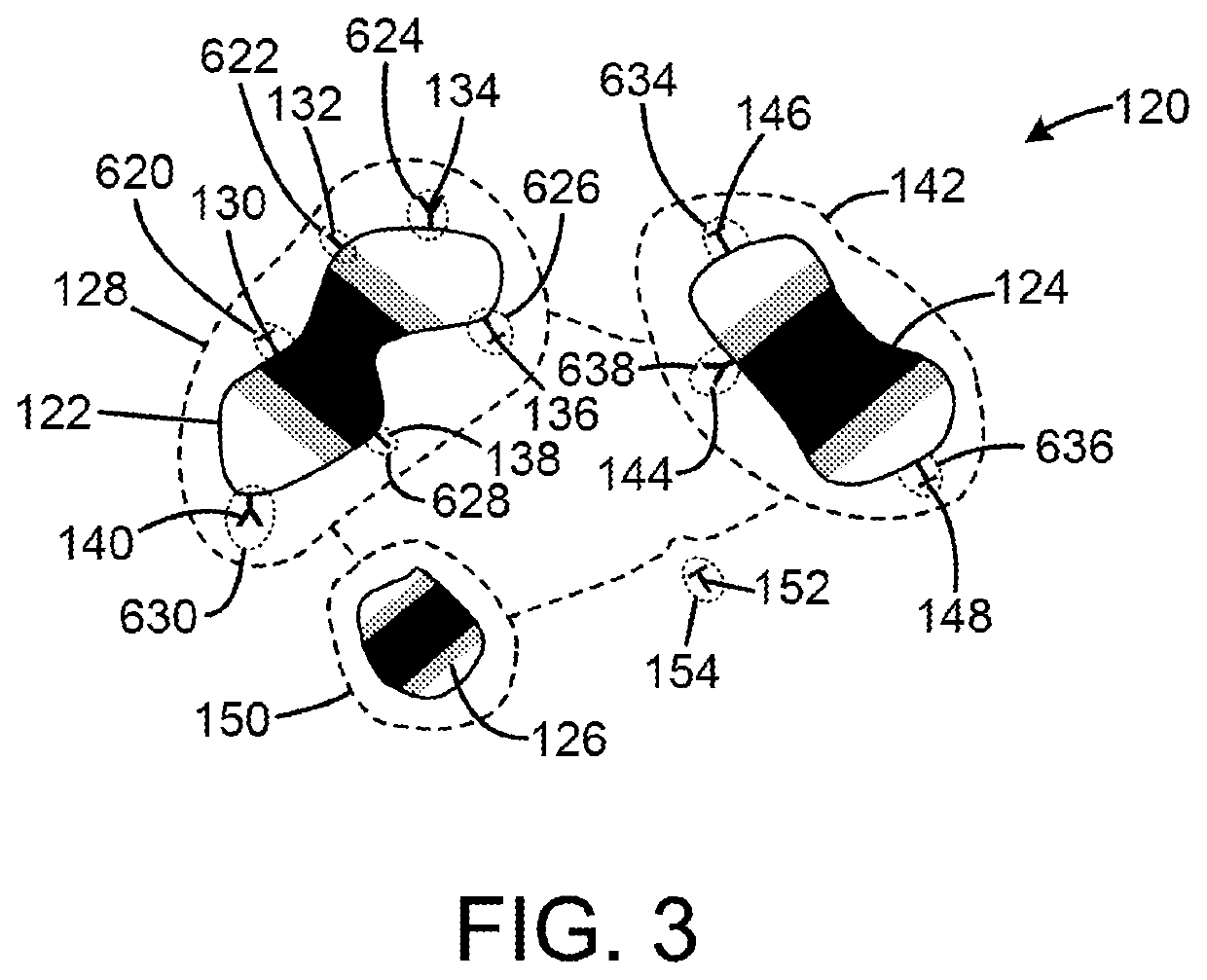Method for automated unsupervised ontological investigation of structural appearances in electron micrographs
an electron micrograph and ontological investigation technology, applied in the field of automated unsupervised ontological investigation of structural appearances, can solve the problems of difficult to objectively, repeatedly and reliably identify, classify and characterize objects captured in microscopy images, and easy to miss important information in images
- Summary
- Abstract
- Description
- Claims
- Application Information
AI Technical Summary
Benefits of technology
Problems solved by technology
Method used
Image
Examples
Embodiment Construction
[0022]In general, the present invention is a method for (1) dividing dark data, in this case images of various types of organic or inorganic materials from electron microscopy images into meaningful segments, (2) aligning the segments so that they are meaningfully comparable, and (3) clustering the segments into classes which can be used for ontological investigation of samples that are visualized by using electron microscopy. One important aspect of the present invention is that the structural information in the image is divided into connected subsets with its own alignment fields based on the data itself and not on any fixed or predetermined structure or fixed filters which is the case for most state of the prior art methods.
[0023]In practice, a digital camera 300 (best shown in FIG. 8) is used to take a pictures or photo of an image 302 (or many images) in the electron microscope 304. The camera 300 may, of course, take many pictures of the image 302 or images. The picture is the...
PUM
 Login to View More
Login to View More Abstract
Description
Claims
Application Information
 Login to View More
Login to View More - R&D
- Intellectual Property
- Life Sciences
- Materials
- Tech Scout
- Unparalleled Data Quality
- Higher Quality Content
- 60% Fewer Hallucinations
Browse by: Latest US Patents, China's latest patents, Technical Efficacy Thesaurus, Application Domain, Technology Topic, Popular Technical Reports.
© 2025 PatSnap. All rights reserved.Legal|Privacy policy|Modern Slavery Act Transparency Statement|Sitemap|About US| Contact US: help@patsnap.com



